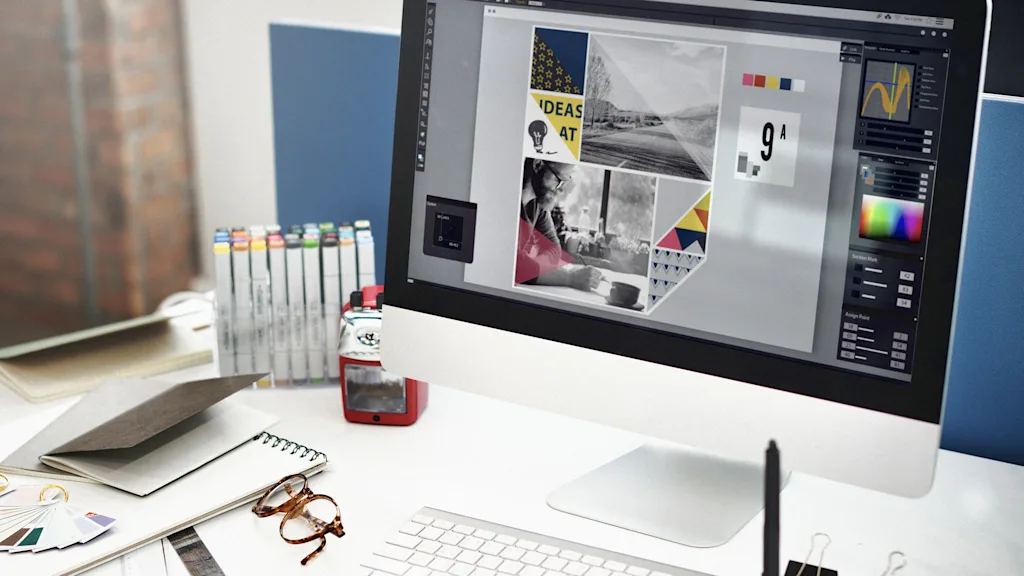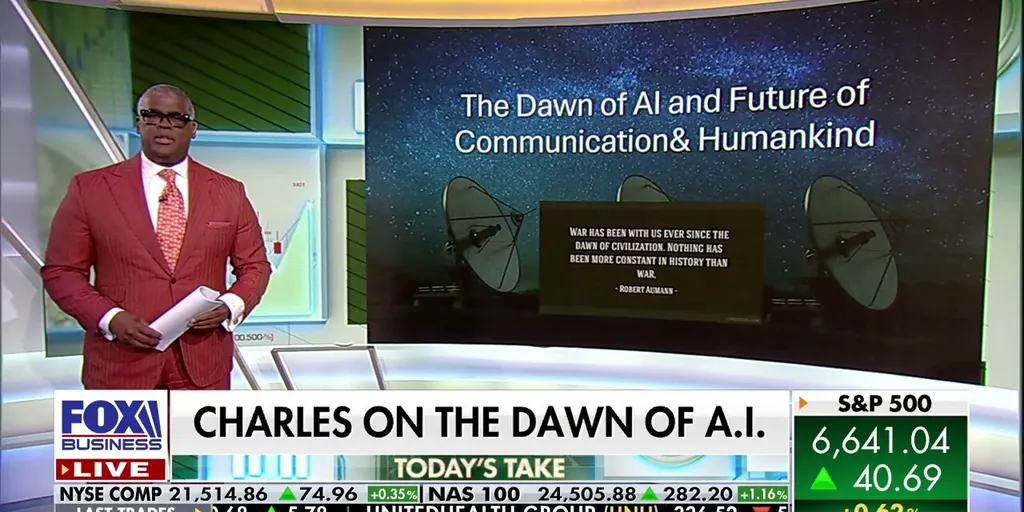
Over the last decade, design challenges have become a controversial tool in hiring designers. Intended to evaluate how candidates think, behave, communicate, solve problems, and brainstorm ideas, these exercises—when well-facilitated—can offer valuable insight into a designer’s character, their story and capabilities.
However, a troubling trend has emerged: When the design challenge is poorly facilitated and poorly contextualized it defaults to placing candidates in unfamiliar business domains that overemphasize solution delivery. These flawed challenges not only misrepresent what good design entails but also risk excluding the very designers we seek to attract—those who prioritize inquiry over assumption based execution and context over conjecture.
The Problem: Poorly Facilitated Design Challenges Foster Bias Toward Solution Accuracy
At the core of this issue lies facilitation. A challenge, no matter how well-intentioned, becomes a biased and misleading evaluation tool when it bypasses critical elements of the design process—discovery, user empathy, context-building, and problem framing. When a candidate is asked to “solve” for a hypothetical business challenge they have no familiarity with, the assessment begins with presumption, not understanding. This turns a designer into a guesser—someone making assumptions in a vacuum, rather than an investigator uncovering real human behaviors and systemic constraints.
As a result, facilitators are now evaluating how well someone can perform under artificial constraints, which rarely correlates to success in real-world product environments. In the absence of context, behavioral data, access to stakeholders, or a room for discovery, the challenge becomes a proxy not for good design—but for rapid conceptual execution.
Jeff Appel, Lead Product Designer at Salesforce, shared insights on LinkedIn regarding the pitfalls of design challenges; highlighting concerns about the absence of a clear evaluation methodology and criticized the flawed “lone designer” premise often associated with many of these poorly facilitated challenges.
Subscribe to the Design newsletter.The latest innovations in design brought to you every weekday
Privacy Policy
|
Fast Company Newsletters
The article “The hidden cost of design tasks” written by Jane Austin emphasizes that design challenges often overlook crucial aspects such as collaboration with teams, access to stakeholders, and actual constraints of project work.
This can result in tasks that favor those adept at test-taking rather than those skilled in holistic, strategic design. Echoing industry leaders like Mike Monteiro and Jared Spool, the article warns against reducing design skills to shallow deliverables, advocating instead for assessments rooted in authentic professional scenarios.
The Impact: Disadvantaging Depth in Favor of Surface Level Thinking
This model disproportionately favors designers who are confident improvisers rather than those who are methodical problem framers. It elevates speed over strategy, polish over process, and solutioneering over systems thinking. In doing so, it filters out designers who may take a more rigorous, research-first approach—those who excel in cross-functional collaboration and ongoing discovery, which are far more indicative of real-world success.
When challenges require deep business familiarity without offering foundational context, we are no longer testing design ability—we’re testing prior business exposure.
The Fallacy: Familiarity as a Proxy for Competence
The notion that a strong designer should be able to design for any business problem, on the fly, is not only unrealistic—it’s actually, anti-design and directly contradicts the well known teachings and practices of Don Norman and Dieter Rams.
True design leadership lies in asking the right questions, navigating ambiguity, and co-creating with users and stakeholders, by which the human is placed at the heart of the process. Designing a product for an unfamiliar domain without access to the system, people, or environment that define it undermines the very nature of human-centered design.
Imagine asking a surgeon to operate based on insufficient data, patient history, situational context and a few vague bullet points. The analogy may sound extreme, but design, when practiced at a strategic level, demands similar rigor. It is not about instant answers or reacting to the all too common request, “just show me what it looks like”—it is about intentional framing, exploration and continuous discovery.
The Supporting Points of View: Other design pros weigh in
In reporting this story, I spoke to other design professionals to get their opinions on this topic. Here’s what they said:
“As someone experienced in hiring, I’ve shifted away from design challenges in interviews. Instead, I favor a structured process involving cross-functional partners and meaningful conversations to better assess a designer’s capabilities and fit.
advertisement
“A key part of this process is the portfolio review, which reveals more than speculative exercises can. It shows how candidates tell their stories: Are they tailoring their presentation or using a generic deck? Do they clearly define the problem space, navigate ambiguity, and reflect on both successes and challenges?”
— Ryan Leffel, VP, head of design, Priceline
“This article calls out what so many designers have experienced but often can’t say out loud: speculative design challenges can easily become performative traps. They ask candidates to “solve” abstract problems in unfamiliar industries, without research, context, or real users. Then they assess their “fit” based on polish and speed instead of strategic thinking or collaborative depth.”
— Brian Rice, former chief design and brand experience officer, 3M, and founder of Rice & CoDesign, LLC
“A frequent issue is the bias toward speed. Many candidates race to produce polished work in a short window to impress a hiring panel. The result is often beautifully sketched or polished UI from assumptions rather than carefully reasoned design.
“This fosters a dangerous dynamic. We start rewarding presentation shine and clever hacks rather than thoughtful inquiry, stakeholder alignment, or systemic thinking.That means we end up hiring the designers who look fast and clever under pressure rather than the ones who excel at navigating ambiguity, asking the right questions, and collaborating across functions.
“It is the design equivalent of hiring a surgeon because they stitched something up quickly, without checking whether they addressed the underlying diagnosis.”
—Thomas Wilson, customer journey manager and strategist, Medica
“I am a proponent of behavioral interviews with a defined rubric supported by a case study presentation—rather than a standalone design challenge. I work closely with the hiring panel to ensure each interviewer understands the criteria and has the right area of focus that complements the role. For example, topics may include stakeholders and partnerships, business impact and technical skills, or, for a leadership position, team growth, scale, and the ability to navigate difficult conversations.“
—Jose Coronado, managing director, Digital Impulsum
The Solution: Redesigning the Challenge around Discovery, And Critical Thinking; Not Just Solution Creation
Instead of setting up a design challenge based off a speculative hypothesis, what if we invited candidates into our real-world context? Let them probe and evaluate actual existing artifacts. Ask what questions they would explore. Evaluate how they frame problems, define a research strategy, navigate trade-offs, and identify behavioral insights. This doesn’t mean handing them sensitive data—but it does mean shifting from output-focused to process-focused evaluation.
Give candidates room to express how they would approach ambiguity—not just what they would build. Reward those who identify critical gaps, challenge flawed assumptions, navigate difficult relationships, continue discovery using robust, yet flexible design frameworks.
A broken challenge leads to broken decision making—and ultimately, a broken hiring model. The solution lies not in throwing out the design challenge, but in rethinking its intent: from proving solutions to revealing process, mindset, character and inquiry.
Conclusion: Moving Toward a More Contextual, Human-Centered Hiring Practice
As design leaders, we must hold ourselves to the same standards in our hiring practices that we demand in our products and services: contextual, inclusive, research-driven, and iterative. If we continue to rely on speculative challenges that ignore the foundations of good design, we risk building teams that mirror expediency rather than excellence.
Jane Austin’s article does acknowledge the persistence of design tasks in some hiring contexts, sometimes as practical tools where portfolios or references are unavailable. Veteran design leaders such as Julie Zhuo and Khoi Vinh recognize that a well facilitated designed challenge, set with the right context, supported by portfolio reviews and a two-way, interactive conversation can reveal a candidate’s unique approach to ambiguity and cross-functional collaboration scenarios.
These global design voices stress the importance of transparency, respect for candidate time, and integrating multiple touch-points throughout the hiring process.
Ultimately, the consensus across the industry leans towards more holistic, equitable practices that value creativity and ethical evaluation rather than relying solely on solution creation and standardized tasks.



